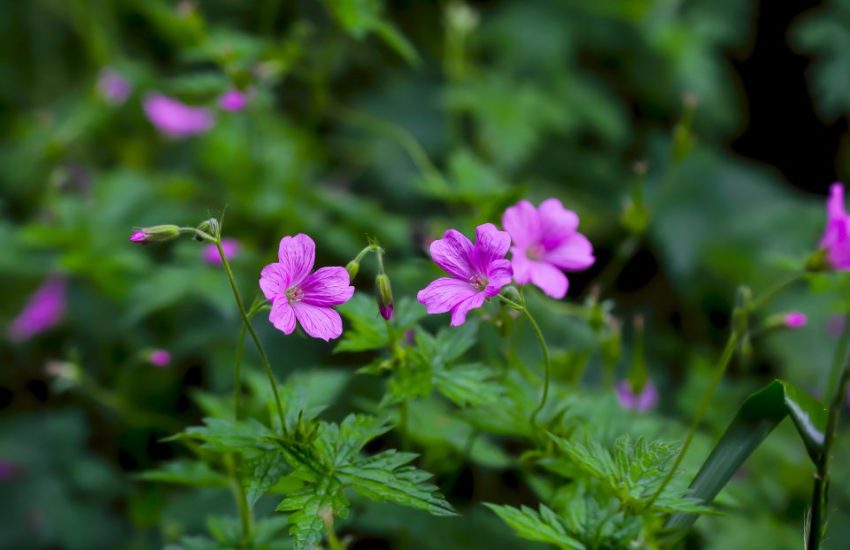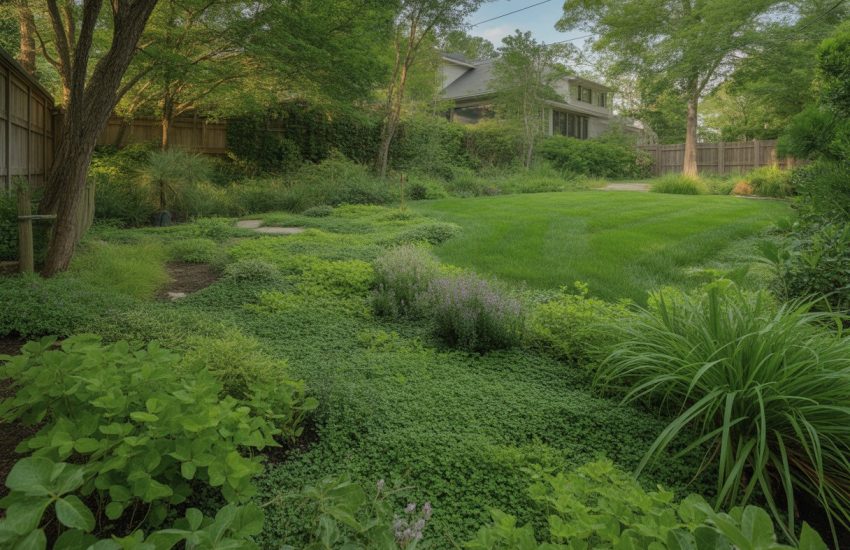Pollinator Friendly Sage for Nevada: Best Varieties and Planting Tips
Pollinator-friendly sage is a smart pick for Nevada gardens. It thrives in dry conditions and draws in local bees and butterflies.
Native sage species like Desert Sage (Salvia dorrii) and Big Leaf Sage (Salvia munzii) fit Nevada’s climate perfectly. They offer much-needed nectar for pollinators.
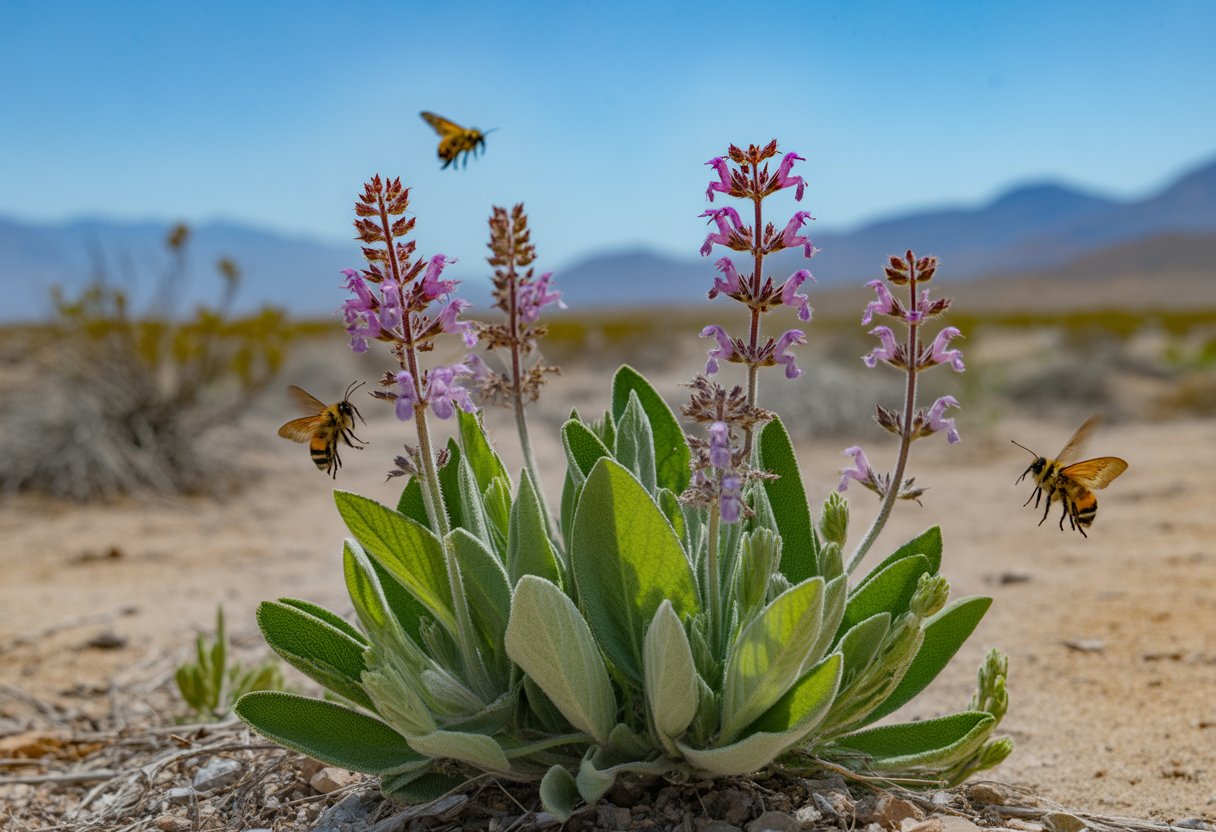
These sages attract a surprising range of pollinators. They help keep desert biodiversity going with barely any water or fuss.
If you want to help pollinators, focus on native sages that already know how to handle Nevada’s extremes. They’re tough against drought and heat, which is exactly what you want for both city and country gardens here.
Sage Varieties for Pollinator-Friendly Nevada Gardens
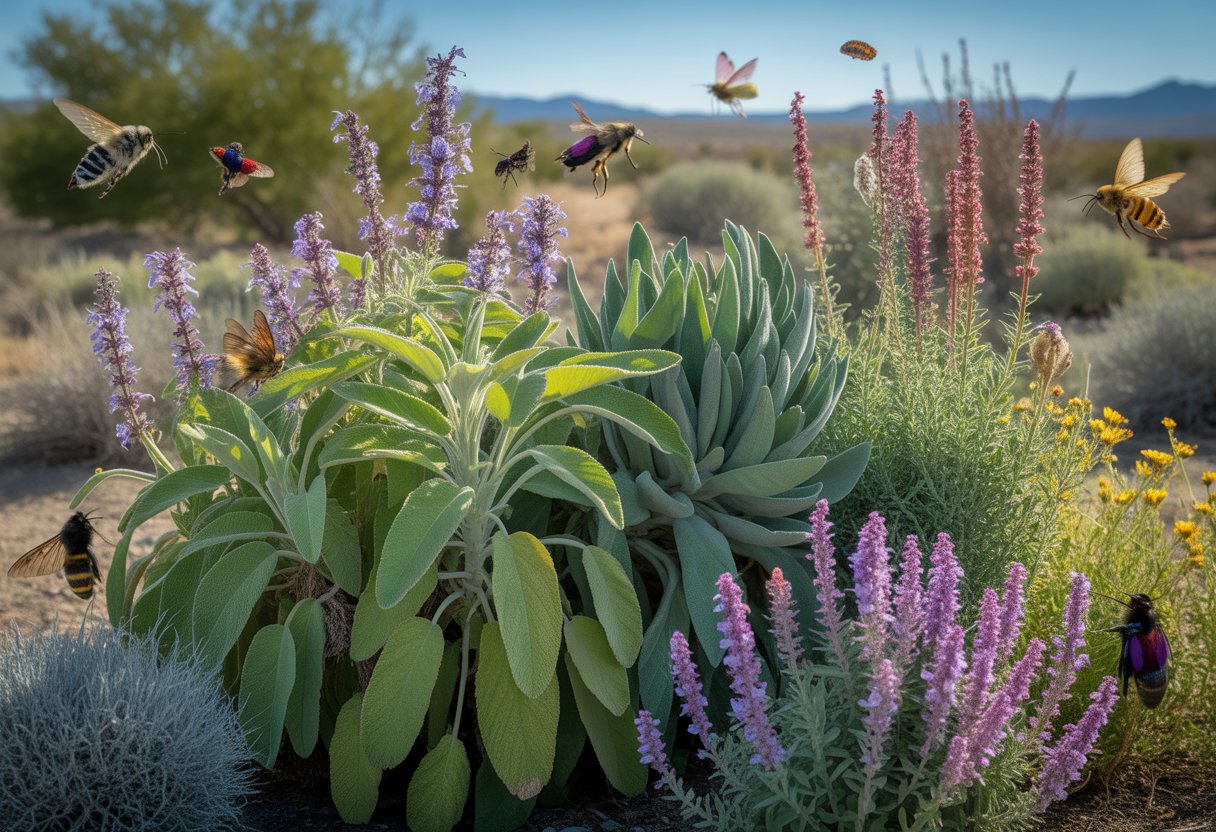
Picking the right sage really bumps up habitat quality for pollinators. Go for perennials that thrive here and keep bees and butterflies coming back.
Best Sage Species for Nevada
Nevada’s dry, sunny climate is a sweet spot for Salvia dorrii (Desert Sage) and Salvia apiana (White Sage). Both are native perennials that handle arid conditions with ease.
Salvia dorrii grows into a woody shrub that shrugs off drought. It’s a go-to for xeriscape gardens.
Salvia apiana has traditional herbal uses and draws plenty of pollinators too. Both keep blooming through the growing season, giving pollinators a steady food source.
Selecting Sage for Local Ecosystems
When you pick sage native to Nevada, you help the local ecosystem stay balanced. These plants don’t out-compete other natives and fit right into restoration work.
Perennial sages like Salvia dorrii play nicely with herbs such as rosemary, lavender, and thyme. Mixing them up gives you a layered garden and ongoing blooms—just what bees and hummingbirds love.
Their drought resistance means you’ll use less water, which is a relief in Nevada’s dry climate.
Comparing Sage With Other Pollinator Plants
Sage tends to shoot up taller than pollinator favorites like bee balm and thyme, so it adds height and structure. Bee balm gets hummingbirds and butterflies, but sage mostly leans toward bees with its tubular flowers.
Lavender and rosemary are great, but sage usually blooms longer under Nevada’s harsh sun. You won’t need to trim sage as much either, so it’s pretty low-key.
Mixing sage with those herbs gives pollinators a broader menu, stretching out their foraging season.
Designing a Pollinator-Friendly Garden in Nevada
A thriving pollinator garden in Nevada needs the right mix of sunlight, plant variety, and structure. Where you put plants and which ones you choose really shapes a healthy pollinator habitat.
Garden Layout and Plant Combinations
Nevada’s relentless sun and dry air mean you’ll want a garden layout that keeps moisture in and offers some shade. Grouping native plants like sage with drought-tolerant shrubs and tough trees helps with water savings and gives pollinators different places to forage.
Toss in annuals for nonstop blooms, and mix them with perennials and shrubs for a steady supply of nectar and pollen. Put tall plants where they won’t block sun for the shorter ones.
Pathways let you get in for maintenance without wrecking nesting or feeding. Dense plantings give insects shelter, but leave some bare ground for ground-nesting bees. Add a few rocks or logs if you want to mimic nature a bit more.
Sage as a Host Plant
Sage isn’t just a food source—it’s a host plant too. Some native bees need sage pollen, and a few butterfly species use it for their young.
Desert-adapted sage stands up to Nevada’s heat and dryness. If you plant sage among other natives, pollinators stick around longer and help out more with pollination.
Sage likes well-drained soil and full sun, so give it a bright spot. Prune it after it blooms to keep it healthy and blooming longer—more flowers means more food for pollinators.
Supporting Pollinators With Sage and Companion Plants
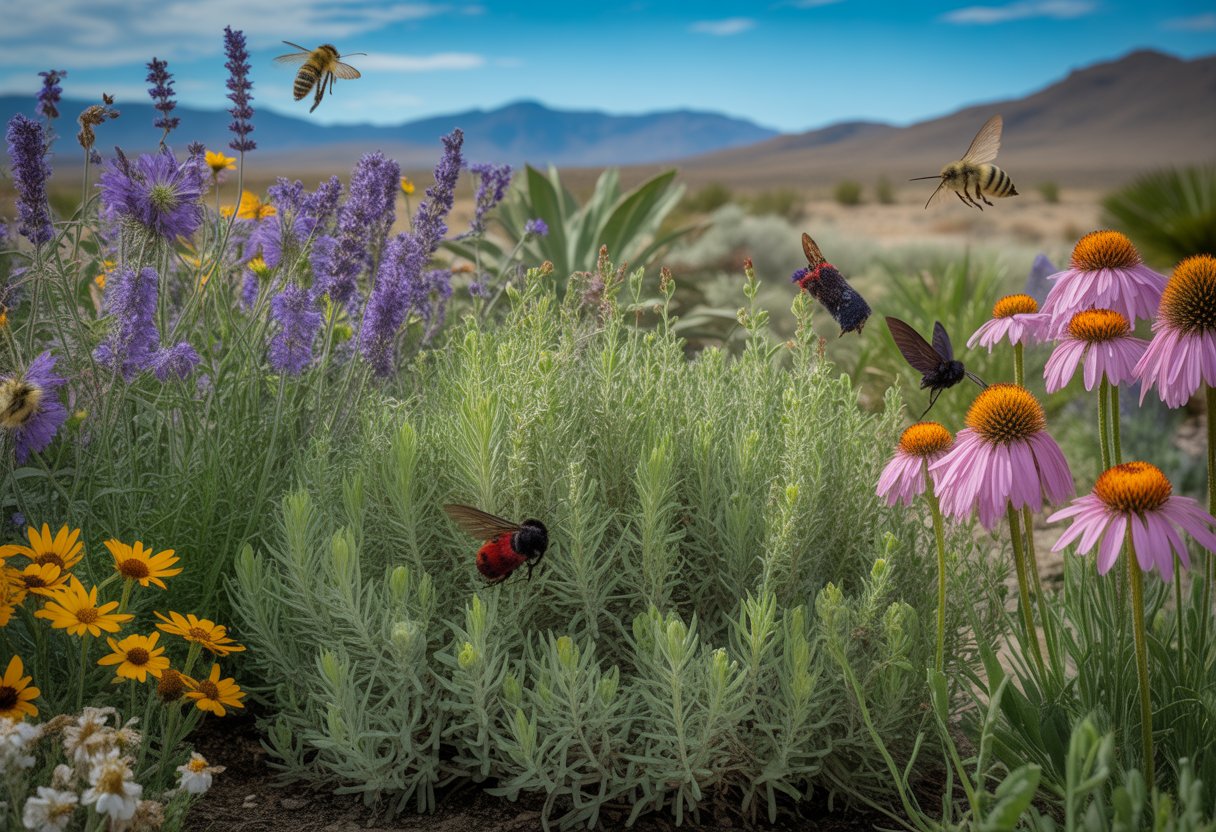
Pairing sage with good companion plants creates a reliable nectar buffet for pollinators all through Nevada’s growing season. Mixing up bloom times and plant types keeps bees, butterflies, and hummingbirds fed year-round.
Attracting Bees, Butterflies, and Hummingbirds
Pollinator-friendly sage like Salvia greggii and Salvia clevelandii pump out nectar that bees and hummingbirds can’t resist. They bloom from spring into fall, matching up with when pollinators are busiest.
Butterflies—monarchs especially—go for nectar-rich blooms near milkweed. Sage does its part, but flowers like coneflowers and cosmos nearby give them even more to choose from.
Hummingbirds love tubular blooms, so plants like hollyhocks and hibiscus pair well with sage. Bees stick with sage through the season, while butterflies are drawn to big, flat-topped flowers like asters and zinnias. Mixing up flower shapes keeps all sorts of pollinators happy.
Enhancing Biodiversity With Companion Flowers and Herbs
Companion planting really boosts biodiversity by giving pollinators a range of blooms and nectar types. Echinacea, dahlia, and butterfly bush add even more nectar, helping both specialist and generalist pollinators.
Mix in native herbs and wildflowers to stretch out the bloom season and make your garden more valuable as habitat. Milkweed is a must for monarch caterpillars, and sunflowers and asters provide late-season nectar for migrants.
Where you put things matters: clustering sage with nectar-rich plants like zinnias and cosmos makes it easier for pollinators to find food. A mix of flowers also helps keep pests down and brings in helpful bugs, not just pollinators.
Practical Tips and Scientific Insights on Sage in Nevada
Sage loves Nevada’s arid climate if you give it the right spot. It supports local ecosystems and even helps out with agriculture.
Researchers are still learning how sage works with crops like cantaloupe and peppers, but it looks promising for both plant health and ecosystem benefits.
Care and Maintenance for Sage
Sage wants full sun and well-drained soil. It’s a perennial, so it’ll come back every year without much effort.
Water it deeply but not too often—think of how rain falls in the wild here. That encourages deep roots and drought resilience.
Prune after it flowers to keep it growing strong. Avoid super-rich soils, since those can lower the plant’s essential oils.
A layer of mulch helps keep moisture in and weeds out, making life a little easier for sage in dry spells.
Contributions to Local Food Production
Sage draws in pollinators that are crucial for crops like pumpkins, squash, watermelon, and peppers. Its blooms line up with the pollination window for these plants, which can boost fruit set and yields.
If you plant sage near your veggies, you might notice more pollinators and healthier crops. Sage is tough, needs little water, and doesn’t ask for much—great for sustainable gardening in Nevada.
Its presence fits right in with water-wise gardening and efforts to support biodiversity.
Ongoing Research and Conservation Efforts
Researchers in Nevada dig into sage’s impact on habitat restoration and ecosystem stability. They’re especially interested in how sage supports native pollinators and keeps out invasive species that mess with local habitats.
Some teams check out genetic variation among sage populations. They hope this info can help shape smarter conservation strategies.
People are out there trying to restore sage in places where it’s been wiped out. Their work helps rebuild pollinator networks and brings back some much-needed biodiversity.
A lot of conservation programs mix scientific monitoring with community gardening projects. It’s a hands-on way to keep sage populations healthy.
By doing all this, folks aim to protect sage’s role in the ecosystem—and its usefulness in agriculture, too.

